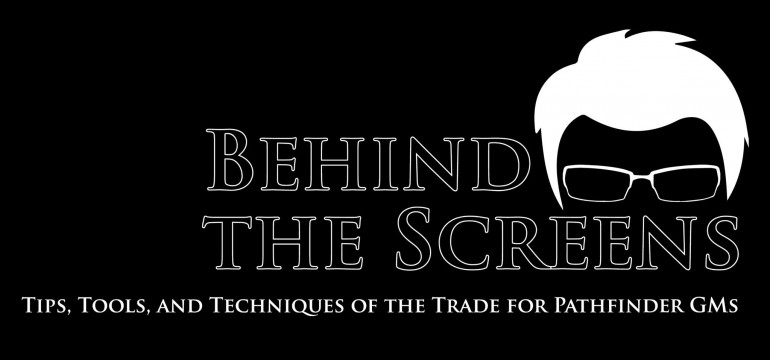I’ve been doing some thinking lately on the specific requirements of what makes a great gaming session. Why do I end a game feeling energized and impatient to start the next game some nights but disheartened and bored other nights? What things need to happen so that I can achieve the first outcome? What things need to happen to I can avoid the latter
The first thing that came to mind was Maslow’s Hierarchy of Needs. In brief, it’s a psychological theory that attempts to explain an individual’s actions through motivations. In extremely simplified terms, you have basic needs like food, water, and warmth. And more complicated ones like companionship and self-esteem. The Hierarchy of Needs is often represented using a pyramid with basic needs at the bottom becoming more and more complicated as you ascend. Generally speaking, one must acquire or otherwise satisfy needs of a lower level before attending to higher level needs. At the top of the pyramid sits Self-Actualization, a state where one reaches full potential, being all that they can be, or what have you.
So I wondered whether I can apply this sort of model to the relative successes or failures of a gaming session. Now, it might be a bit of oversimplification to say that a GM is the sole determining factor in all this. But as a GM you are most likely to have the most control over the appropriate variables. So, here it is that embark on a new mini-series of articles exploring the specific conditions that are found in successful and fun gaming sessions. I’ll go over what worked for my groups, how I’d go about replicating them, and whether or not I feel like it’s necessary to have all the time.
I do want to to add the disclaimer that this first bit of theorycrafting was hashed together during the long silence of the car rides on my daily commutes to work. It’s a theory-in-progress as it were. So I make no claims that following any of this particular advice will work for your group.
Anyways… all that being said, let’s actually start talking about the RPGamers Hierarchy of Needs:
Level 1 – Environment
So what’s the most fundamental thing we need for this to work? A gaming space. Any sort of dedicated area where players can feel free to be themselves or comfortably pretend to be someone else. Is there enough physical space to fit all your players comfortably? Is there enough surface area for all of your gaming peripherals? Is there enough room to walk or move around one another on your way to the bathroom, kitchen, fridge, or whatever? Don’t focus on a lack or deficiency in any of these variables because it’s more about the area as a whole.
More importantly though, are there distractions going on nearby? A TV running? An unrelated gathering in an adjoining room? Are you in a busy coffee shop? These are the sorts of things that can take a player’s attention away from the game. Presumably everyone at the table showed up to the game to play. And as such you don’t want distractions taking away from your game.
Some groups I know of enforce a no electronics at the table policy. Set your phone alerts to vibrate and if you need to take a call you leave the table. While this might work for some groups I feel it might be a bit draconian, especially in light of the fact that my group is almost 100% digital at this point. We do, however, frown upon use of those electronics for non-game related purposes. Facebook, Pintrest, playing OTHER games, for example. The exception to this is when I post Iron Gods Play-by-Plays in my feed. Because, you know… I’m a special snowflake.
Food is another situation you’ll want to get sorted out with your group. While game session lengths vary from group to group, the standard single session for Pathfinder is an assumed 4+ hours. Chances are better than not that you’re going to be straddling a mealtime, or at the very least a snacktime. Figure out whether or not you want your group to be grazing all through out the session or have dedicated breaks for food and such.
Also important, how much food is going to be expected? Is there a single bowl of chips being passed? Or does everyone have an entree to themselves. Is there actually going to be enough space at the table along with maps, miniatures, character sheets, and terrain? What happens if someone spill a drink? I know of a few GMs who have a no food stuffs at the table for this reason.
One of our group’s favorite things to do is “Bruncheons & Dragons”, which is a 10am meet up, BYO brunch item, and an 11am game start time. Everyone hangs out a bit, eats, and makes small talk. Then we gradually transition into the game.
I should also mention that more and more roleplaying games are taking to the virtual tabletop. This isn’t a new phenomena by any stretch. But it’s becoming more popular as better platforms are being developed. The important takeaways for a successful VTT are (unsurprisingly) a friendly UI and a good internet connection. Then you can play in the comfort of your own home or office, where your space is already optimized to your liking (probably). There are certainly still some hiccups in available software. And the internet is full of opinions about which VTT is better than which for whatever reasons. The important thing, like any other space, is finding one that works for your group.
So that’s it. The first in a series of articles on the RPGamers Hierarchy of Needs. I hoped you like the start of what I hope will be a number of interesting articles. How does your group arrange itself? What are your gaming space do’s and don’ts? Let me know what you think in the comments section below!





